Table of content
Sichuan cuisine, renowned for its bold and complex flavors, has captivated food enthusiasts worldwide with its signature málà (numbing-spicy) profile. Among its iconic dishes, Sichuan Spicy Chicken (辣子鸡, làzǐjī) stands out as a fiery masterpiece that balances intense heat with tingly Sichuan peppercorns, aromatic spices, and tender chicken. This dish, often served as a centerpiece at family gatherings or bustling street-food stalls, embodies the essence of Sichuan’s culinary philosophy: “One dish, one flavor; a hundred dishes, a hundred flavors.” In this comprehensive guide, we’ll unravel the secrets to recreating this restaurant-quality dish in your kitchen, ensuring every bite delivers an explosive yet harmonious blend of spice, aroma, and texture.
The Allure of Sichuan Spicy Chicken
Sichuan Spicy Chicken is more than just a meal—it’s an experience. The dish features bite-sized chicken pieces fried to golden crispiness, then tossed in a symphony of dried chili peppers, Sichuan peppercorns, garlic, and ginger. The result? A dance of flavors where the fiery heat of chilies mingles with the citrusy numbness of Sichuan pepper, all underpinned by savory, umami-rich notes. What sets this dish apart is its dry-frying technique, which concentrates flavors and creates an irresistible texture. While it may seem daunting to replicate at home, this recipe breaks down the process into manageable steps, ensuring even novice cooks can achieve restaurant-worthy results.
Ingredients: The Foundation of Flavor
To embark on this culinary adventure, gather the following ingredients. Each component plays a pivotal role in building the dish’s complexity:
For the Chicken Marinade
- 500g boneless chicken thighs or breasts: Thighs are preferred for their juiciness and richer flavor.
- 1 tbsp soy sauce: Use dark soy sauce for color, or light soy sauce for a saltier kick.
- 1 tbsp Shaoxing wine: Or dry sherry as a substitute.
- 1 tsp cornstarch: Acts as a tenderizer and helps the chicken crisp up.
- 1 tsp sesame oil: Adds nutty depth.
- 1/4 tsp white pepper: A subtle aromatic spice.
Aromatics and Spices
- 3 tbsp vegetable oil: Peanut or canola oil works best for high-heat cooking.
- 4 garlic cloves, minced: For pungent, earthy notes.
- 1 tbsp fresh ginger, grated: Adds warmth and a hint of citrus.
- 3-4 dried red chili peppers (or to taste): Adjust based on heat preference.
- 1 tbsp Sichuan peppercorns: Toasted and lightly crushed for maximum flavor.
- 1/2 cup dried red chili peppers (preferably chaotianjiao): For color and moderate heat.
- 1/4 cup roasted peanuts: Optional but highly recommended for crunch.
- 1 tbsp sesame seeds: Toasted for garnish.
Sauce Ingredients
- 2 tbsp soy sauce
- 1 tbsp black vinegar: Or Chinese Chinkiang vinegar for authentic tanginess.
- 1 tsp sugar: Balances the heat and acidity.
- 1/4 cup chicken broth (or water): Loosens the sauce.
- 1 tbsp cornstarch mixed with 2 tbsp water: For thickening.
Garnishes
- 2 green onions, sliced: For freshness and color.
- 1/4 cup fresh cilantro leaves: Optional, but enhances the dish’s vibrancy.
Step-by-Step Preparation
Marinating the Chicken
The key to tender, flavorful chicken lies in the marinade. Cut the chicken into 1-inch cubes, ensuring uniformity for even cooking. In a bowl, combine the chicken with soy sauce, Shaoxing wine, cornstarch, sesame oil, and white pepper. Mix thoroughly, massaging the marinade into the meat. Cover and refrigerate for at least 30 minutes (or up to 4 hours) to allow the flavors to penetrate.
Preparing the Aromatics
While the chicken marinates, prepare the aromatics. Mince the garlic and ginger finely to release their oils. Lightly crush the Sichuan peppercorns using a mortar and pestle or the flat side of a knife—this releases their citrusy aroma without turning them into powder. Slice the dried chilies into 1/2-inch segments, discarding as many seeds as possible to control heat.
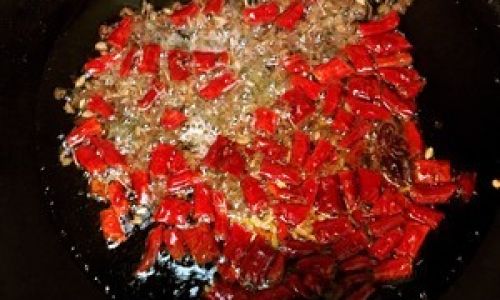
Frying the Chicken
Heat 2 tbsp of vegetable oil in a wok or large skillet over medium-high heat. Once shimmering, add the chicken in a single layer, working in batches if necessary to avoid overcrowding. Fry for 4-5 minutes per side until golden and crispy. Remove with a slotted spoon and drain on paper towels. This initial fry cooks the chicken through and creates a crunchy exterior.
Stir-Frying the Aromatics
In the same wok, add the remaining 1 tbsp of oil. Reduce heat to medium and toss in the garlic, ginger, and crushed Sichuan peppercorns. Stir-fry for 30 seconds until fragrant but not browned. Immediately add the dried chili peppers and stir-fry for another minute—the goal is to toast them slightly without burning.
Combining Ingredients
Return the fried chicken to the wok, tossing gently to coat it in the aromatic oil. Pour in the soy sauce, black vinegar, sugar, and chicken broth. Stir well to ensure the chicken is evenly coated. Allow the sauce to simmer for 2-3 minutes, reducing slightly.
Thickening the Sauce
For a glossy, clingy sauce, drizzle in the cornstarch slurry while stirring continuously. Cook for an additional minute until the sauce thickens. The cornstarch will also help the flavors adhere to the chicken.
Finishing Touches
Fold in the roasted peanuts and sesame seeds, tossing lightly to combine. Transfer the chicken to a serving platter and garnish with sliced green onions and cilantro. Serve immediately with steamed rice, noodles, or crispy pancakes to temper the heat.
Tips for Perfecting Your Dish
- Adjust the Spice Level: Sichuan cuisine is all about balance. For a milder version, reduce the number of dried chilies or remove the seeds. For extra heat, add a pinch of chili flakes or a splash of chili oil.
- Toast Sichuan Peppercorns: Dry-roast them in a pan before crushing to enhance their numbing effect.
- Control the Oil Temperature: Frying the chicken at the right temperature ensures crispiness without greasiness. Use a thermometer to maintain 350°F (175°C).
- Customize Add-Ins: Experiment with vegetables like diced bell peppers, celery, or mushrooms for added texture.
The Science Behind the Flavors
Sichuan Spicy Chicken’s allure lies in its interplay of sensory experiences:
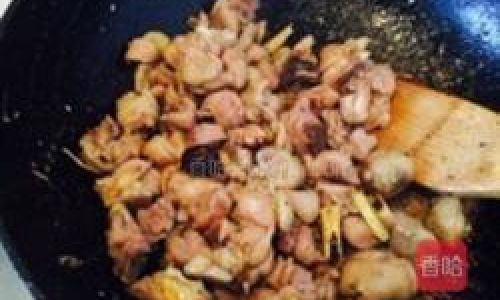
- Capsaicin: The compound in chilies that triggers pain receptors, creating a euphoric heat.
- Hydroxy-alpha-sanshool: Found in Sichuan peppercorns, this molecule numbs the tongue, creating a tingly sensation.
- Umami: The soy sauce and chicken broth provide a savory backbone, while sugar balances the acidity of vinegar.
Health Benefits
Beyond its addictive taste, this dish offers surprising nutritional perks:
- Protein-Rich Chicken: Supports muscle repair and immune function.
- Antioxidant-Packed Spices: Ginger and garlic contain compounds that reduce inflammation.
- Capsaicin: May boost metabolism and improve circulation.
Cultural Context
Sichuan province’s humid climate historically necessitated spicy diets to combat dampness. Today, dishes like Spicy Chicken symbolize the region’s resilience and creativity. The dish’s name, làzǐjī, literally translates to “pepper chicken,” reflecting its chili-centric identity.
Troubleshooting Common Issues
- Soggy Chicken: Ensure the oil is hot enough before frying, and avoid overcrowding the pan.
- Bitter Aftertaste: Burnt garlic or ginger can ruin the dish. Add aromatics after reducing the heat.
- Bland Flavor: Marinate the chicken longer, or increase the soy sauce and vinegar ratio.
Variations to Explore
- Vegetarian Twist: Substitute chicken with fried tofu or oyster mushrooms.
- Gluten-Free Option: Use tamari instead of soy sauce and rice flour for coating.
- Crispy Twist: Double-fry the chicken for an extra-crunchy texture.
Serving Suggestions
Pair this dish with:
- Steamed Jasmine Rice: To mellow the heat.
- Dan Dan Noodles: For a hearty Sichuan feast.
- Pickled Vegetables: To refresh the palate between bites.
Conclusion
Sichuan Spicy Chicken is a testament to the region’s culinary mastery—a dish that challenges and delights in equal measure. By following this guide, you’ll not only recreate its fiery magic but also gain a deeper appreciation for the artistry of Sichuan cooking. Whether you’re a seasoned cook or a curious beginner, this recipe invites you to embrace the chaos of flavors and savor the thrill of málà. So, don your apron, gather your ingredients, and let the sizzle of the wok transport you to the bustling streets of Chengdu—one spicy, numbing bite at a time.
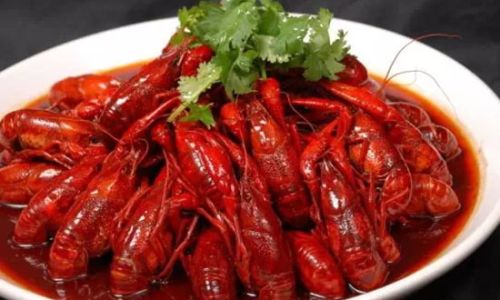

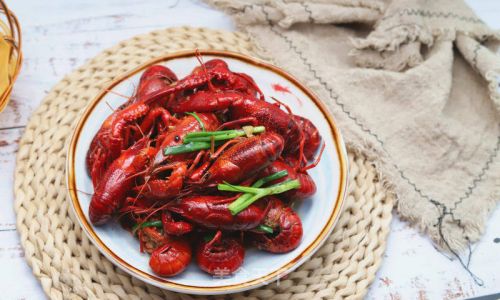
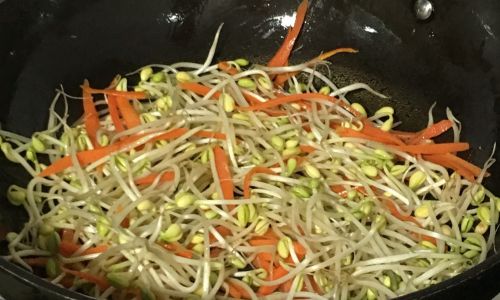
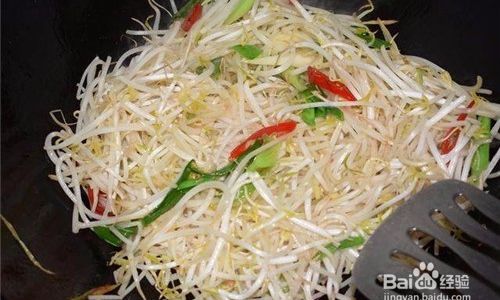

0 comments